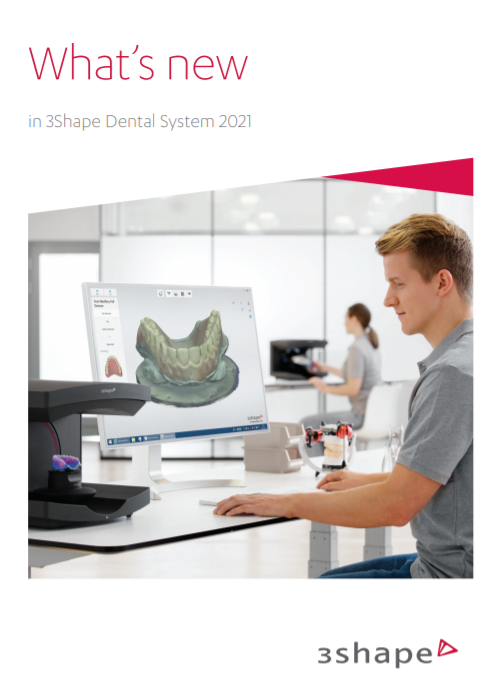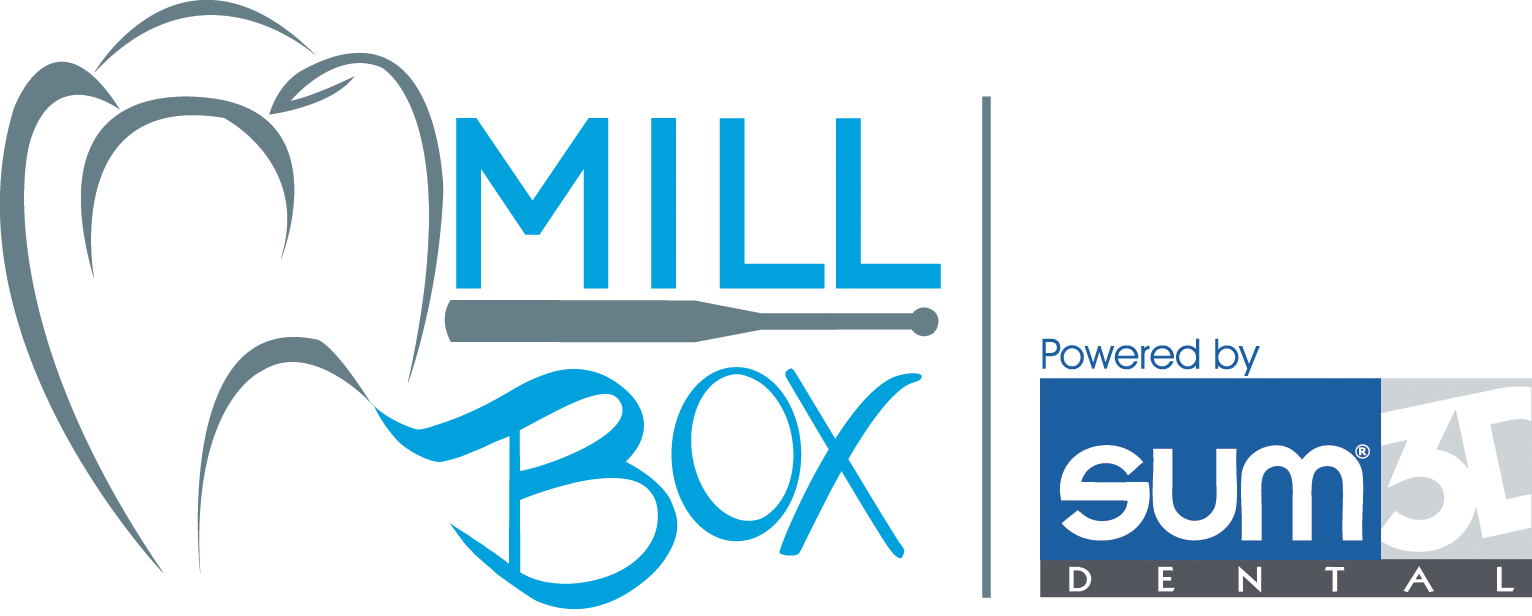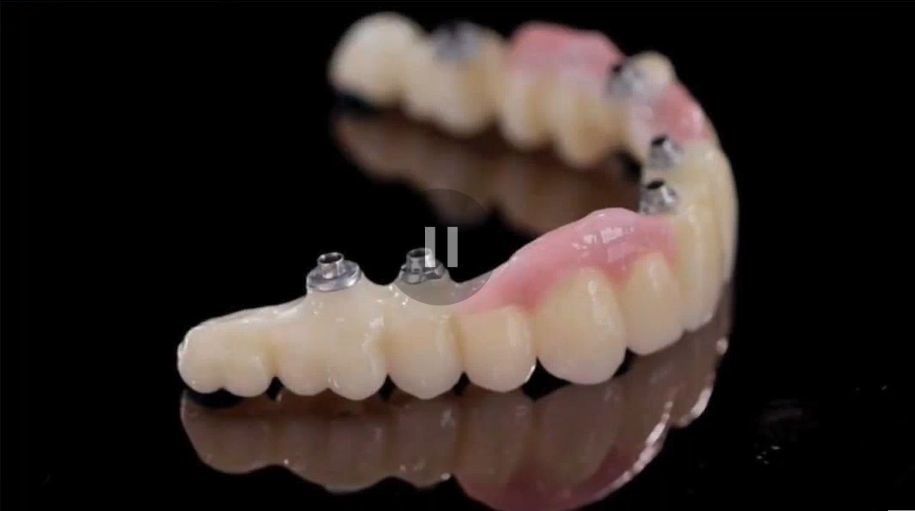 Whether you are a one-person dental lab or part of a large lab group, taking the leap into incorporating digital technology into your lab is a daunting task. Here are 8 things you should consider before making the leap.
Whether you are a one-person dental lab or part of a large lab group, taking the leap into incorporating digital technology into your lab is a daunting task. Here are 8 things you should consider before making the leap.
1. The change in company culture: Integration of new technology
A transition from conventional to digital laboratory means many changes beyond just having a computer mouse and monitor on the workbench. The laboratory’s internal cultural will need to go through an overhaul. New challenges means new ways of thinking, new types of dentist-customers mean new ways of communicating, and new levels of peer respect, collaboration and teamwork will change the workday in a positive way for each employee.
2. Employee attitude and concerns: Concern over losing their jobs, changing
Most people don’t like change and your employees are no different. You will need to discuss with them – and probably more than once – the positive change your new digital manufacturing capability will have on the success of the lab and them. If you are able to keep the same number of employees while increasing your productivity, plan for cross-training employees to create value for them in other positions.
3. The costs: Can you afford to go digital?
Most small laboratories answer this question with a resounding no! before they even explore the possibilities. Any size laboratory can afford the cap-x costs of digital equipment after some changes are made. In order to achieve a manageable ROI, labs may have to broaden their product offering and boost the number of units they manufacture each day. In most cases it’s not by much. The increased productivity you will realize will more than make up for the short-term expense. The real question is: can you afford not to go digital?
4. Have I got the right system for my lab? Scanner? Software? Mill? Materials?
The choice of scanners and mills available today is almost overwhelming. In order to determine which is right for you, there are a number of considerations. First, do you want to go with a closed or open system? In a closed system, the equipment costs are generally lower. That’s because you will be paying more for the milling materials than you would with an open system, where you have almost unlimited choices. Generally speaking, a closed system costs you much more in the long run, plus, you can only offer the product allowed by your equipment supplier. Overall, the industry is headed toward fully open technology, so everyone has choices and is not held prisoner by one company.
5. The Learning curve
There is definitely a learning curve for every part of a digital system. You will need to learn how to achieve the ideal scan. You will need to become familiar with the design software (CAD) that will enable you to put your mark on any restoration. You will need to understand how to create ideal milling strategies in your machining software (CAM), and you will also need to learn about your mill and the cutting tools it uses to achieve a perfect end result.
If you are new to the world of digital dentistry, you will also need to learn a new language. It’s not difficult. It just requires time and patience.
6. IT Tech Support: Should you hire an IT / IS person?
It is advisable to consult with someone that has IT or IS experience when setting up a new digital system. Someone who is familiar with manufacturing software would be ideal. If you have a computer network, this becomes even more critical. A person with IT experience can significantly reduce your set-up/learning time by a considerable margin.
7. Proper training: Know your new product capabilities and limitations
It is strongly advisable to partner with a company you trust – a company that offers technical support in order to prevent being ‘left out in the cold’ after purchasing the system. If necessary, have them set up the system and make sure everything is running well before you take over.
8. Marketing: Need new clients to make your ROI. Consider costs, new product offerings.
In order to increase your offerings and boost unit production, you will need to attract new business. That may be in the form of increased units from existing customers or establishing new accounts. The first option means informing your dentists that you are now offering new milled/printed products. The second option means spending marketing dollars. If you don’t have an internal marketing department, it may be worth hiring an outside firm to create some new mailers, collateral, etc. Or, free yourself up to visit local dentists with offers of first crowns free, etc. In a relatively short time, you should be able to increase your output to a level that will help you meet your Cap-x ROI.













Leave a comment